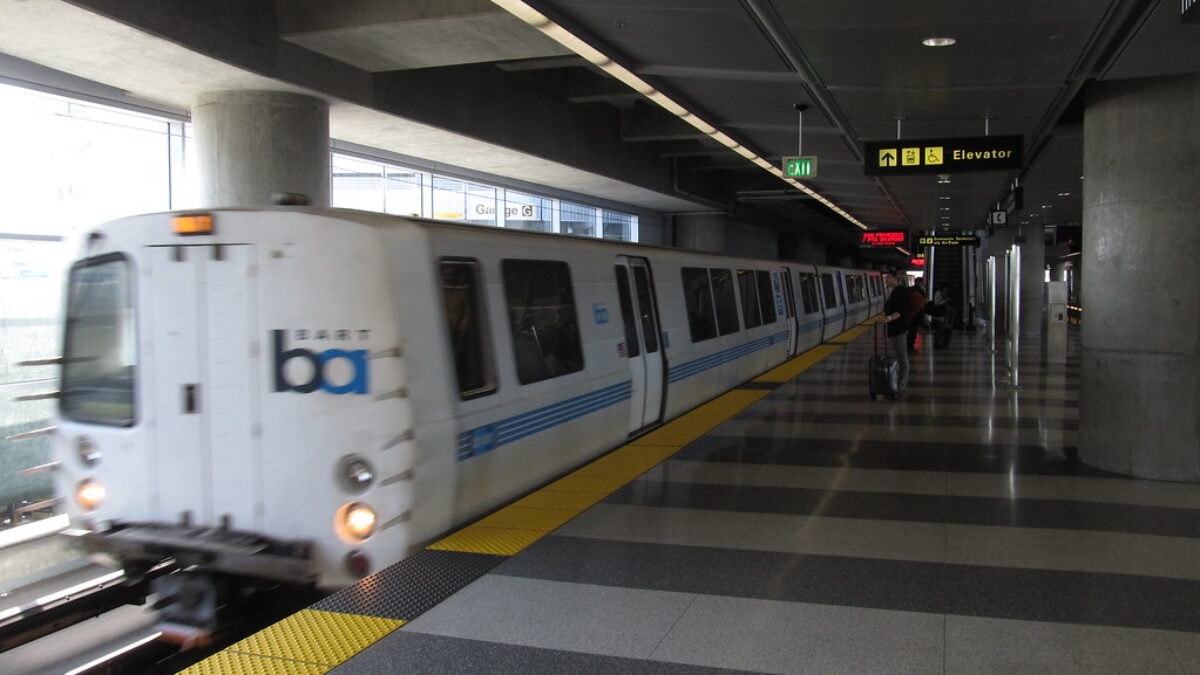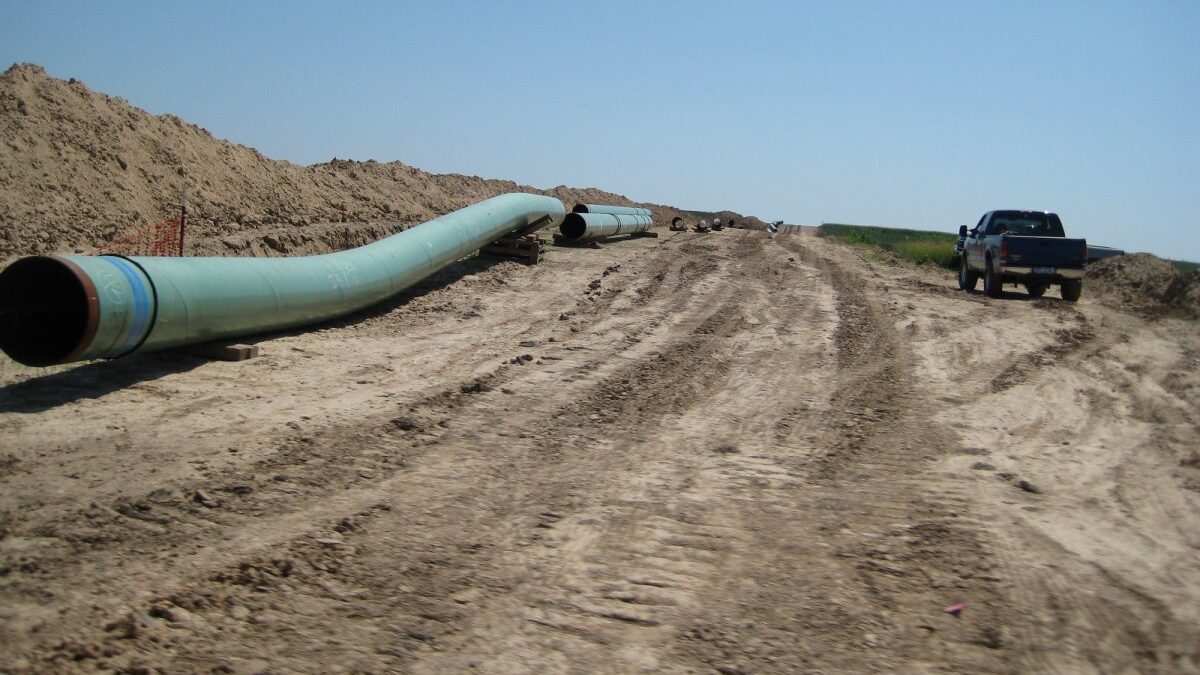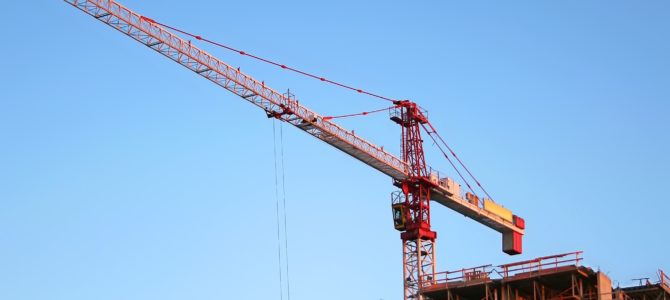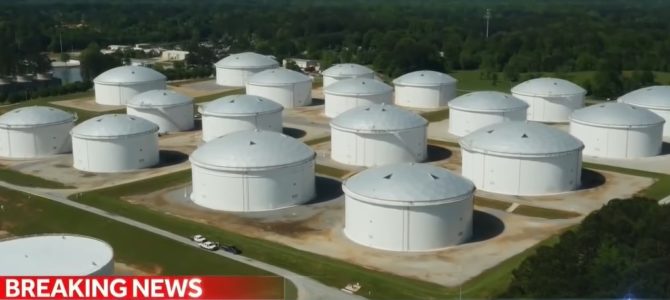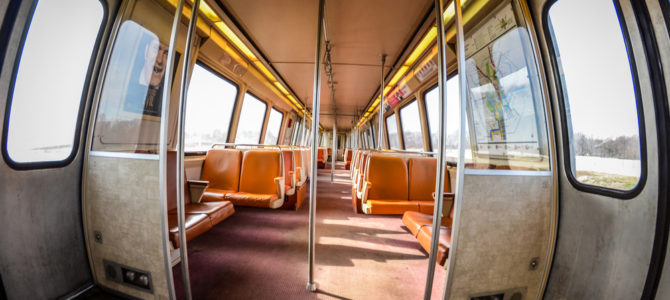
Less than one week after Rep. Alexandria Ocasio-Cortez announced her “Green New Deal,” which includes fantasies such as replacing air travel with high-speed rail in 10 years, reality kicks in. California Gov. Gavin Newsom, a Democrat, announced earlier this week that he will abandon the plan of building a high-speed rail line between Los Angeles and San Francisco.
His exact quote? “Let’s be real. The current project, as planned, would cost too much and, respectfully, take too long.”
Newsom Ain’t Kidding
So how much does building an 800-mile high-speed rail line from San Francisco to L.A. and San Diego cost? Depends on when you ask, because the number has changed many times in last 12 years. In 2006, the initial estimated cost for planning and construction from San Francisco to L.A. and San Diego was around $35 billion and promised to be up and running in 2020. Then in 2008, California voters were told the total estimated cost would be around $45 billion.
When California voters approved Proposition 1A — which came with a beautiful title: “Safe, Reliable High-Speed Passenger Train Bond Act” — they were also told that they only authorized the state to sell $9.95 billion in general obligation bonds. Out of the $9.95 billion, $9 billion would be used to partially fund the planning and construction of the high-speed line, while the remaining funding would come from a federal matching grant and other private sources. The remaining $950 million raised by the general obligation bonds would be spent on improving local railroad systems that would connect various locations to the high-speed system.
Assuming a repayment period of 30 years, Prop 1A estimated the general bond cost would be about $19.4 billion, for paying off both principal ($9.95 billion) and interest ($9.5 billion). The average repayment for principal and interest would be about $647 million per year. But it was all worth it because once the high-speed line was built, it would take less than three hours to get from San Francisco to Los Angeles. Sounds nice, but so do all sales pitches.
Prop 1A received glowing endorsements from the liberal media. The Los Angeles Times said Californians should say “yes” to Prop 1A because carrying a $10 billion debt was a “wager on a visionary leap that would cement California’s place as the nation’s most forward-thinking state.” The San Francisco Chronicle recommended the proposition’s passage because it “presents an ambitious vision that is well tailored to the state’s transportation and environmental needs.”
The San Francisco Bay Guardian told readers that the benefits of Prop 1A were “overwhelming” and “the costs of not approving this measure [as] huge.” The Fresno Bee asked voters to summon Californians’ vision and determination that built the Golden Gate Bay bridge and the Shasta Dam and declared “Voting ‘yes’ on Proposition 1A is a declaration that we still possess those qualities, and have not surrendered them to a timid faith in a status quo that is no longer sustainable.” The San Diego City Beat was even more direct: “We think it’s worth it. We want what many Europeans and Asians already enjoy. Vote yes on Proposition 1A.”
There was limited opposition. The right-leaning Orange County Register called Prop 1A a “boondoggle” and “a fast track to bankruptcy.” It warned that “at a time when California state government is operating at a substantial deficit…it would be irresponsible to take on a debt of this magnitude, especially given that the total cost of the train would be many tens of billions of dollars more.” But such rational thinking couldn’t compete against the beautiful vision the other side painted. So Prop 1A passed in 2008.
Expectations and Reality Didn’t Match Up
Once reality set in, however, California voters had a rude awakening. The initial 2006 cost estimate of $35 billion and the target date of 2020 were way too optimistic and unrealistic. The Obama administration kicked in a federal grant of $3.2 billion, much less than Californians expected.
Over time, due to litigation, construction delays, engineering issues, property rights issues, and other environmental issues, the California High-Speed Rail Authority (CHSRA) kept increasing the price tag while postponing the target completion date and shrinking the distance the rail line would cover. In the meantime, the progress has been painfully slow.
Starting in 2010, CHSRA only gave a cost estimate for Phase I of the 800-mile project, a 520-mile line between San Francisco and L.A. It was $43 billion for Phase I. No estimates were given for Phase II, the extensions to Sacramento and San Diego. A year later, however, the estimated cost for Phase I skyrocketed to $98 billion.
After public outcry, the CHSRA made a number of changes and offered a new “baseline” estimate of $64 billion in 2012. When former governor Jerry Brown broke ground for the rail line in 2015, the price tag of the Phase I again increased to $68 billion and the estimated completion date was pushed to 2028. Undeterred, Brown insisted California could afford this new price tag and the train “is not expensive” because it’s a great long-term investment in California’s future. In his own words, “the high-speed rail links us from the past to the future, from the south to the north.”
In 2016, CHSRA estimated the price tag for the 119-mile section of the route from Madera to Bakersfield would be $7.8 billion. Two years later, it again increased the cost for the same portion by more than a third to $10.6 billion. Then the total estimated cost for Phase I was increased again to $77 billion with a completion date in 2037 or later. To add insult to injury, this high cost won’t even get Californians the 220 mph transportation system they were promised.
With the completion date and cost estimate constantly changing, California’s high-speed line to nowhere has become a national joke. Many consider the $77 billion estimate too optimistic; the actual cost could easily be $100 billion, and we are only talking about construction costs. Should Phase I actually be completed, future ongoing maintenance can easily cost billions: Prop 1A estimated ongoing maintenance and operation costs in excess of $1 billion a year.
California simply doesn’t have the money for it, and voters have run out of patience. It finally took another Democrat governor, Gavin Newsom, to put the brakes on this disaster.
Behind Schedule and Over Budget
Any rational individual could have easily predicted back in 2008 that this debacle would happen, because government-run projects usually end up way behind schedule and way over budget. If the project ever gets finished, taxpayers often end up with a subpar product.
In the end, no one will take responsibility for wasting taxpayers’ hard-earned dollars. Politicians like Brown, who championed these projects, always get what they want––reelection. The liberal media has a memory problem, and they typically cheer for government-run projects despite their track record, as evidenced by how they reacted to Ocasio-Cortez’s Green New Deal. They have treated that un-American liberal fantasy as if it’s a serious, thoughtful proposal that is worthy of all the glowing coverage.
Despite California’s colossal failure and plenty of others like it, the Green New Deal wants to ban airline travel in America and replace it with high-speed trains within 10 years. This makes no sense because, as Randal O’Toole of the Cato Institute points out, “airplanes that go twice as fast as the fastest trains in the world and require almost no infrastructure, which means their costs are much lower than trains.” Outside a few densely populated areas, passenger trains are an obsolete technology that is expensive to build, even more expensive to maintain, and can only reach limited destinations.
Unfortunately, I doubt Green New Deal supporters will learn any lesson from this California rail disaster. They will insist they know how to do it right this time, just like they know how to do socialism right this time. After all, according to the original cover art of the Green New Deal, they do believe in unicorns.


